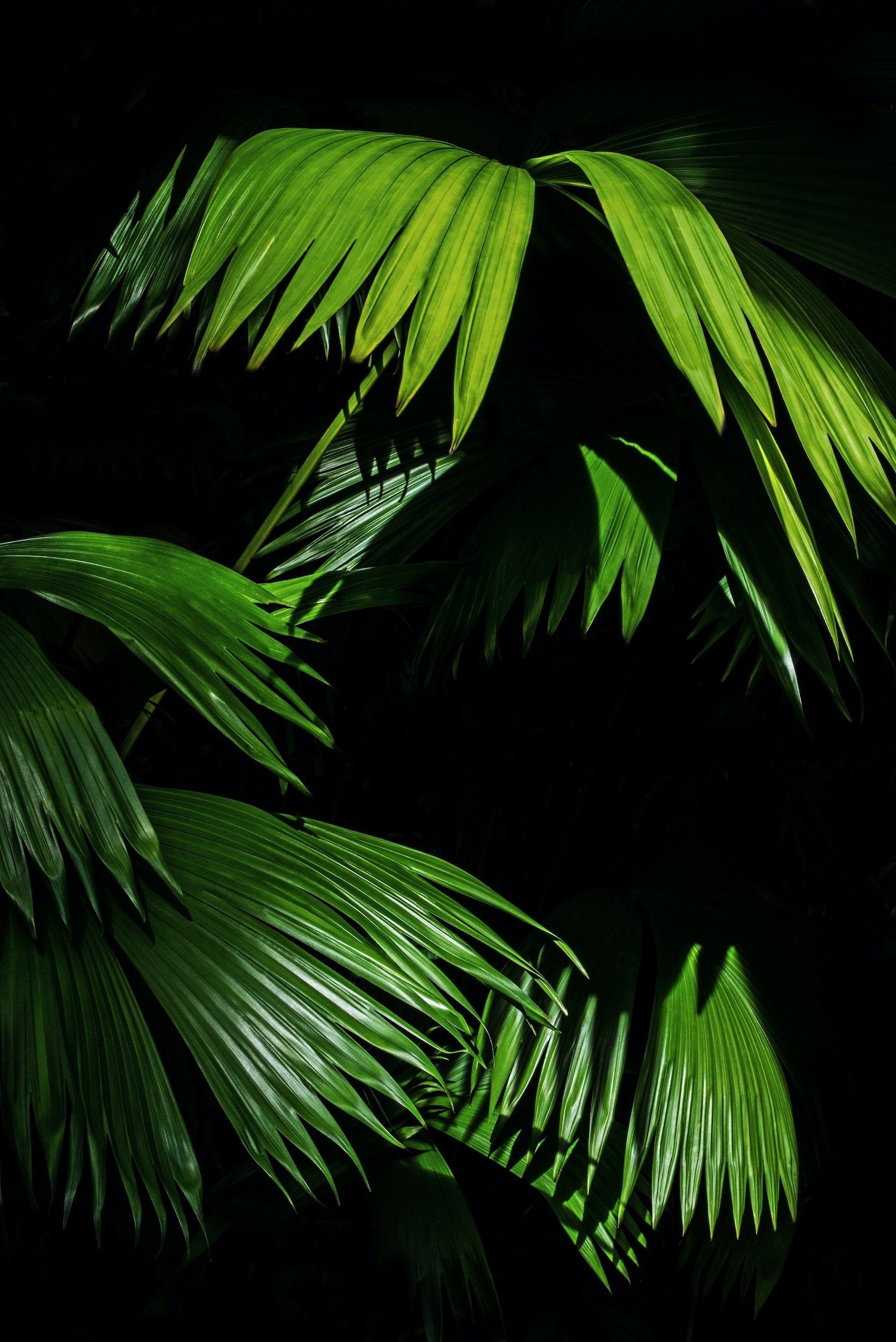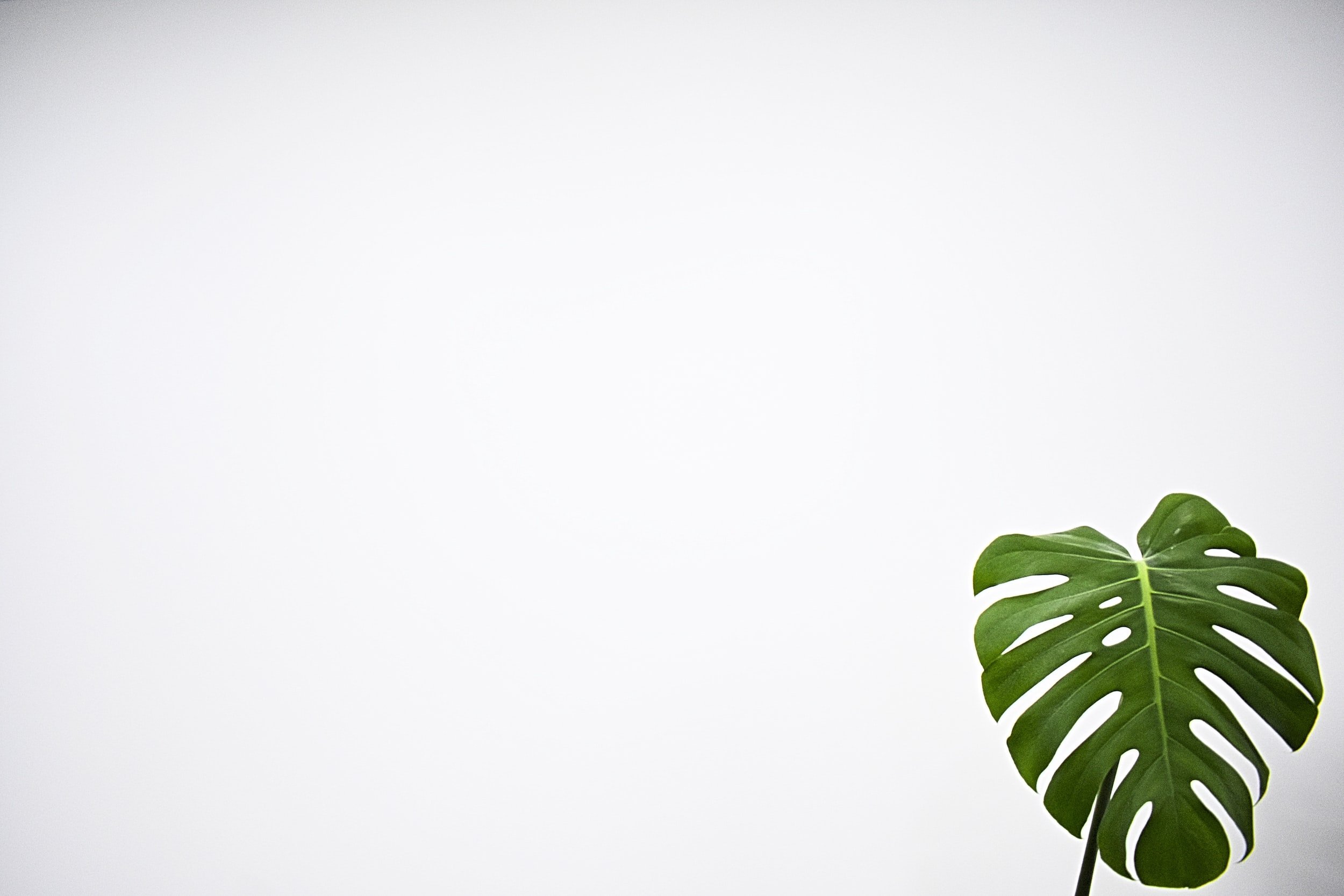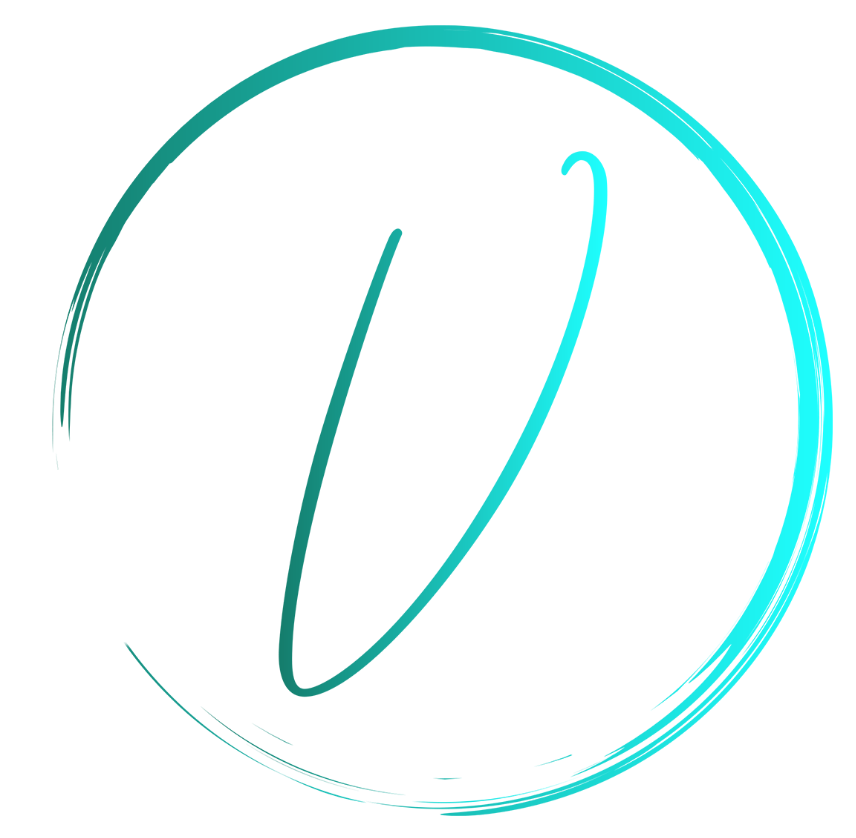
Intense Pulsed Light (IPL)

Intense Pulsed Light (IPL)
Intense Pulsed Light (IPL) treatment, also known as photofacial or fotofacial, is a popular non-invasive cosmetic procedure used to improve the appearance of the skin. It utilizes high-intensity light waves to target various skin concerns, such as sun damage, age spots, acne, redness, and uneven pigmentation. IPL works by emitting multiple wavelengths of light that penetrate the skin and target specific chromophores, such as melanin (responsible for pigmentation) and hemoglobin (responsible for blood vessels). The light energy is absorbed by these chromophores, effectively breaking down the targeted pigment or coagulating blood vessels, leading to a more even skin tone and reduced redness. IPL treatment is commonly used on the face, neck, chest, and hands, and it is known for its ability to provide a more youthful and radiant complexion without the need for surgery or lengthy downtime.
The procedure is generally quick and relatively painless, with patients often describing the sensation as a mild snapping feeling or a sensation of warmth on the skin. IPL treatments are customizable to address specific skin concerns, making it a versatile option for individuals seeking to improve the overall texture and tone of their skin. Additionally, IPL therapy stimulates collagen production, which contributes to firmer, smoother skin over time.
-
Contraindicated if:
o Are pregnant or Breastfeeding
o Anaphylactic reaction to any of the other Neurotoxins
o Active infection at treatment site
o Taking chemotherapy or immunosuppressive drugs
Do NOT consume alcoholic beverages at least 24 hours prior to treatment (alcohol may thin the blood and increase the risk of bruising)
Avoid anti-inflammatory/blood thinning medications, if possible for a period of 2 weeks before treatment. Medications and supplements such as aspirin, vitamin E, ginkgo biloba, ginseng, St. John’s Wort, Omega 3/Fish Oil supplements, Ibuprofen, Motrin, Advil, Aleve and other NSAIDS have a blood thinning effect and can increase the risk of bruising and swelling after injections.
Schedule your appointment(s) at least 2 weeks prior to a special event which you may be attending, such as a wedding or a vacation. Results from neuromodulator injections will take approximately 4 to 14 days to appear.
Reschedule your appointment at least 48 hours in advance if you have a rash, cold sore or infection on the treatment area.
-
A mild sunburn-like sensation is expected. This usually lasts 1-2 hours but can persist up to 24 hours, individuals may vary. Mild swelling, tenderness and/or redness may accompany this.
Apply ice packs or gel packs (do not apply direct ice) to the treated area for 10–15-minute intervals every hour for the next four hours as needed.
A topical anti-inflammatory can be used for redness and tenderness.
An oral, non-steroidal anti-inflammatory, such as acetaminophen or ibuprofen may be taken to reduce discomfort, use according to the manufacturer's instructions.
In rare cases, prolonged redness or blistering may occur, if this happens, please call the Vital Aesthetics office.
Bacitracin may be applied to the affected areas twice a day until healed. Neosporin and Polysporin are not recommended.
Shower as usual. Treated areas may be temperature sensitive.
The pigmented lesions may initially look raised and/or darker with a reddened perimeter, this is normal. It will gradually turn darker over the next 24-48 hours. It may turn dark brown or even black and will begin to flake off in 7-10 days. Rarely would it progress to a scab or crusting phase, if this happens, please our office.
Veins or vascular lesions may undergo immediate graying or blanching (turning white) or they may exhibit a slight purple or red coloring. If the treated area develops crusting or a scab, it will start to flake off in 7-14 days. The vessels will fully or partially fade in about the same amount of time. Repeat treatment to veins may be every 7-14 days, or when the skin has fully recovered.
Do not pick, scratch or remove any scabs. Allow them to flake off on their own. Lesions are usually healed in 7-10 days. They will continue to fade over the next 6-8 weeks after treatment. Until the redness has completely resolved, avoid all the following:
Avoid soaking in a hot tub of water. Avoid scrubbing, use of exfoliants, scrub brushes and loofah sponges until the treatment area has returned to its pre-treatment condition.
Please follow-up with your provider two weeks after your procedure.
If you need multiple procedures, they can be performed one week apart for acne, 4 weeks apart for brown and red spots. Please keep all follow up appointments




